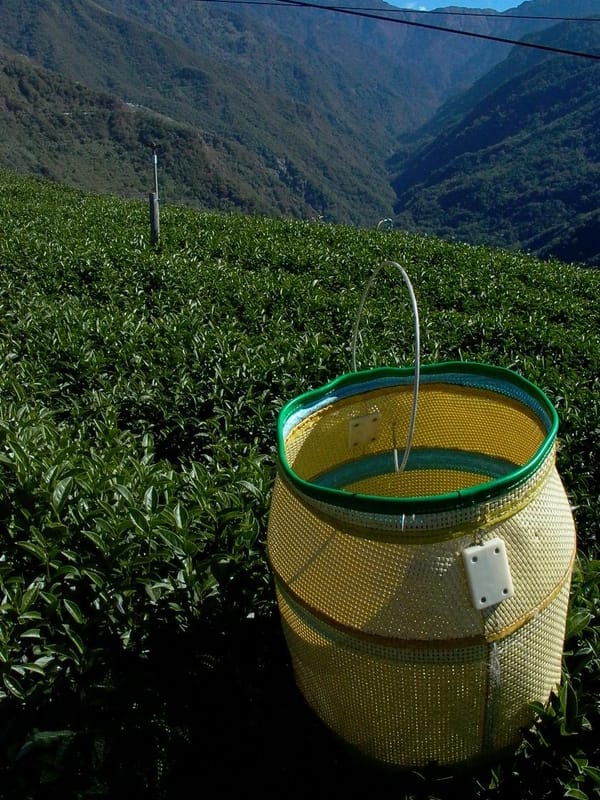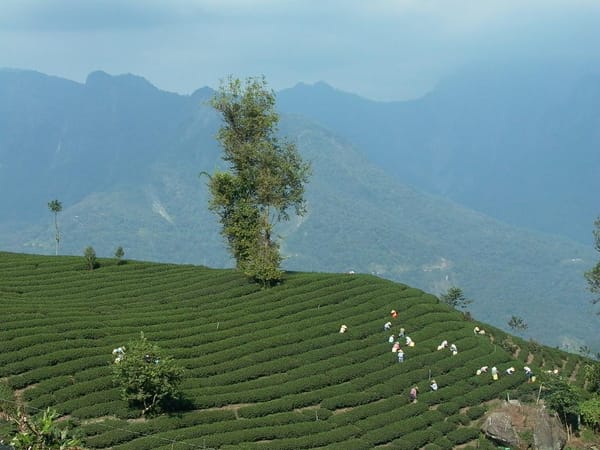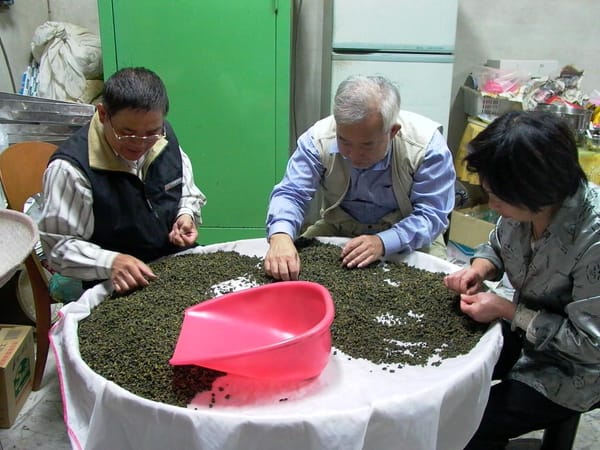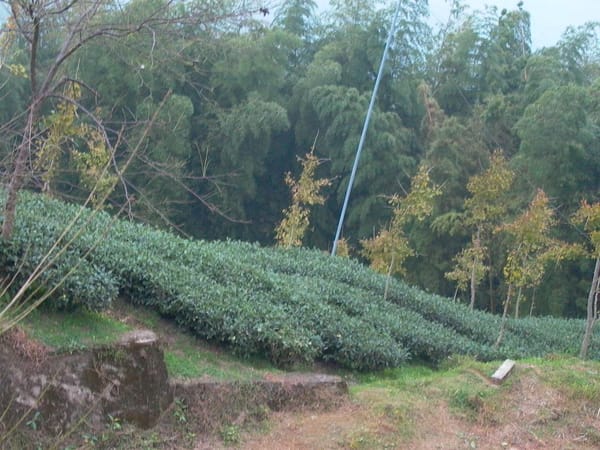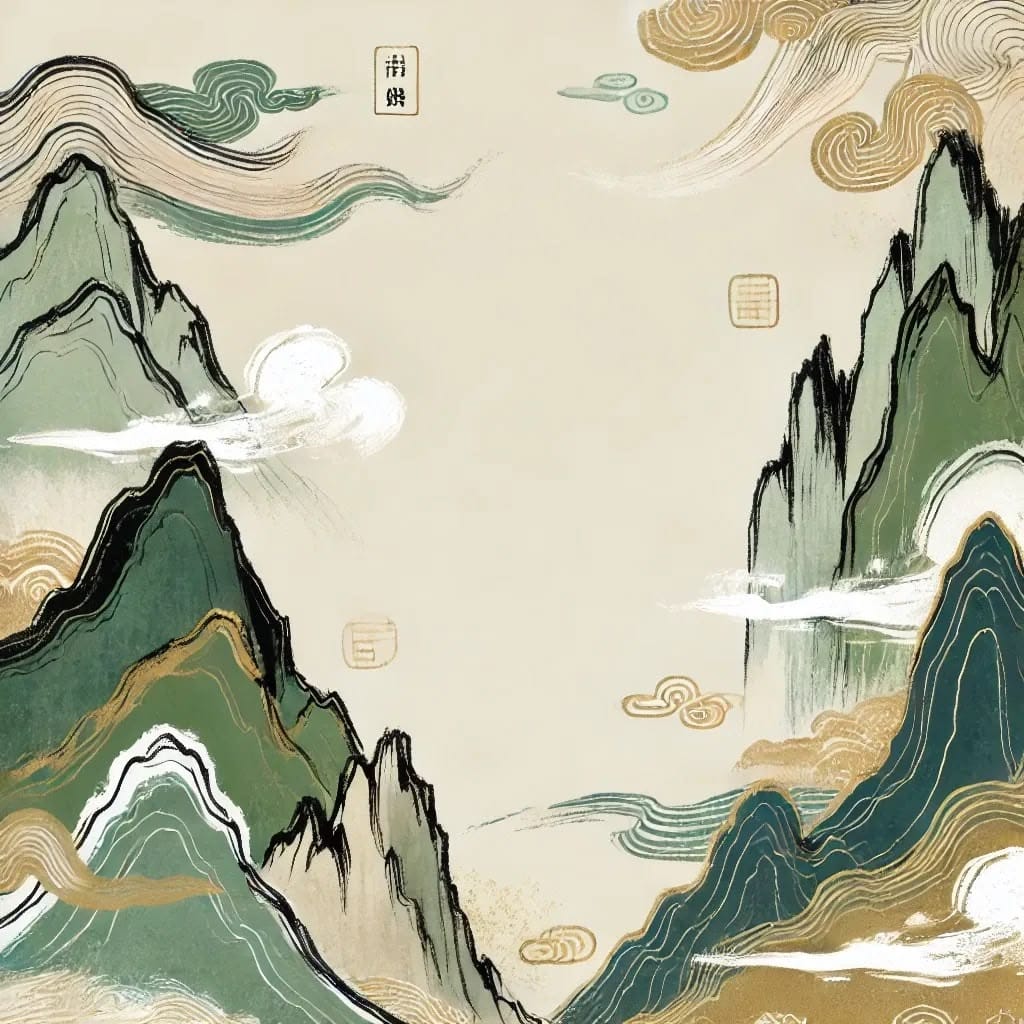Many tea enthusiasts find themselves puzzled when encountering the terms “Oolong tea” and “Baozhong tea” in Taiwanese tea shops. Aren’t they both semi-fermented teas from Taiwan? Why the different names? And do they truly differ in taste and aroma?
In fact, both teas share a common ancestry and belong to the semi-fermented tea category. However, they have evolved into distinct styles due to differences in tea-making techniques and market positioning. Let’s uncover the truth behind this common mystery in the tea world.
In the following sections, we’ll explore how these two teas differ in processing, appearance, brewing, and how to identify their unique tasting characteristics.
Understanding the Essence Through Tea Science
From a tea science perspective, both Oolong and Baozhong teas are considered semi-fermented teas, or “Qing Cha”—one of the six major tea categories in Chinese tea classification. However, in Taiwan’s tea development history, subtle variations in processing led to three types of semi-fermented teas: strip-shaped Baozhong tea, semi-ball-rolled Baozhong tea, and Taiwanese Oolong tea (originating from the traditional Pong Feng style).
Strip-shaped Baozhong tea—what we now simply call “Baozhong tea”—uses a light withering and light fermentation method. The leaves remain long and twisted, with a fermentation level of 8–12%.
Semi-ball-shaped Baozhong tea, now known as “Oolong tea” in the market, is tightly rolled into semi-ball shapes. It was originally fermented to 15–30%, but modern consumer preferences have shifted fermentation levels to around 8–12%.
These differences in tea-making directly impact the leaves’ appearance, aroma, and taste.
Clear Differences in Appearance and Aroma
Baozhong tea maintains a natural strip shape. The dry leaves are dark green with a delicate floral aroma. Once brewed, the liquor is a honey-green color, offering subtle floral and grassy notes, with a sweet and lingering finish.
Oolong tea is rolled into tight semi-ball shapes, giving it a darker appearance. Traditionally, its higher fermentation produced a golden liquor with robust fruit notes. With modern processing, its color has shifted to honey-green and the aroma leans more toward floral, though still more intense than Baozhong.
These distinctions stem from the use of “pan-firing and kneading” during processing, which shapes Oolong’s signature semi-ball form and complex aromatic layers.
The Quality Revolution of High Mountain Tea
Taiwan’s tea cultivation has moved from 600–800 meters in elevation to high-mountain areas exceeding 1,000 meters. This shift gave rise to the term “High Mountain Oolong Tea” and significantly improved tea quality.
Cool temperatures and constant mist in high altitudes slow leaf growth, allowing for the accumulation of amino acids and aromatic compounds. This leads to Taiwan High Mountain tea’s signature shan tou qi—an elegant mountain aura rooted in the island’s unique terroir.
This terroir is what gives Taiwanese Oolong its globally unmatched character and core value that other regions cannot replicate.
How to Choose and Taste Properly
When shopping, consider the following clues:
Appearance: Baozhong is long and twisted; Oolong is semi-ball shaped. Baozhong has a brighter green hue, while Oolong appears darker.
Aroma: Baozhong offers a delicate floral scent; Oolong delivers a more intense, layered aroma.
Liquor color: Both yield honey-green tea under modern processing, but Oolong usually has a richer taste.
When buying High Mountain tea, always check the place of origin to avoid counterfeit products. Authentic Taiwanese High Mountain Oolong has a unique shan tou qi, a terroir characteristic that cannot be imitated.
Conclusion
Though both are iconic representatives of Taiwan’s semi-fermented teas, Oolong and Baozhong differ in tea-making techniques, appearance, and aroma. Understanding these differences helps tea lovers make informed choices and better appreciate the depth and elegance of Taiwanese tea culture.
Whether you prefer the elegance of Baozhong or the richness of Oolong, both are excellent expressions of Taiwan’s refined agricultural artistry. Try both to experience their distinct charms and gain deeper insight into the diversity of Taiwan’s tea heritage.

